Broadcasting from the top of the Carpenter's Union Hall in Butte, Montana. gm@butteamericaradio.org
The Harp Without The Crown
Hosted and written by KBMF DJ John Conlan of The Rocky Road to Dublin, The Harp Without The Crown is an ongoing series that explores Butte’s connection to the Irish Independence Movement of the early 20th century.
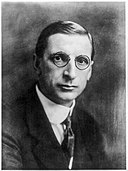
A look at early Butte history and the Butte Irish community when Eamon de Valera visited Butte on July 26, 1919. De Valera is most known for his involvement in the Irish independence movement of the 1900s and is considered to be one of the most dominant political leaders of the 20th century in Ireland.
Episode 2 – Constance Markievicz
Exploring the Butte visit of Irish social reformer and activist Constance Markievicz on April 28, 1922. Markievicz was a revolutionary, socialist, and feminist, as well as an artist and writer. She did not become active in social causes until later in her life when she first became involved in the Irish Woman’s Suffrage movement. She is probably most known for her role in the 1916 Easter Rising where she was promoted to the second highest position in the Irish Army for action in the 1916 Easter Rising, which eventually led to her imprisonment and scheduled execution, that was eventually commuted.
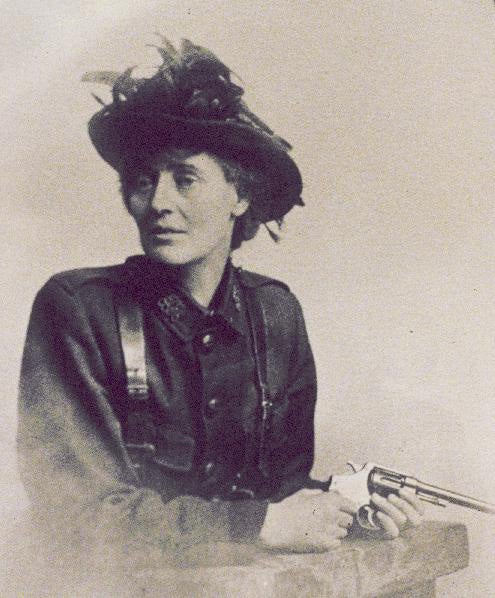
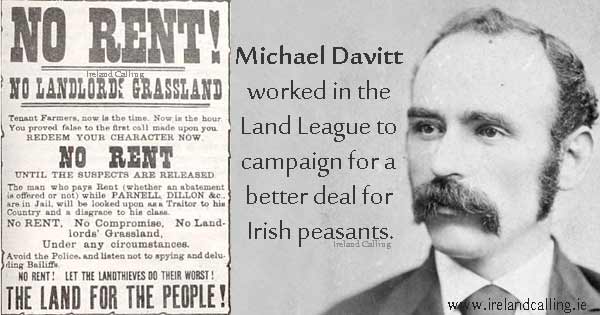
Discussing the October 20, 1886 Butte visit of Michael Davitt, the founder of Ireland’s Land League. Land ownership in Ireland during the 19th century was dominated by English land use and ownership policies that enforced evictions and made it impossible for most Irish citizens to own land. These events would allow for a deep sense of nationalism to emerge in Ireland among the population and the Butte Irish that emigrated to the United States.
Episode 4 – Hanna Sheehy-Skeffington
Hanna Sheehy-Skeffington was an Irish Nationalist committed to Irish independence but was most known in Ireland for being a feminist and advocate for Women’s Suffrage. She was co-founder of the Irish Women’s Franchise, established the Women’s Workers Union, and was instrumental in getting Ireland’s women the right to vote in 1918, a full two years before the United States.
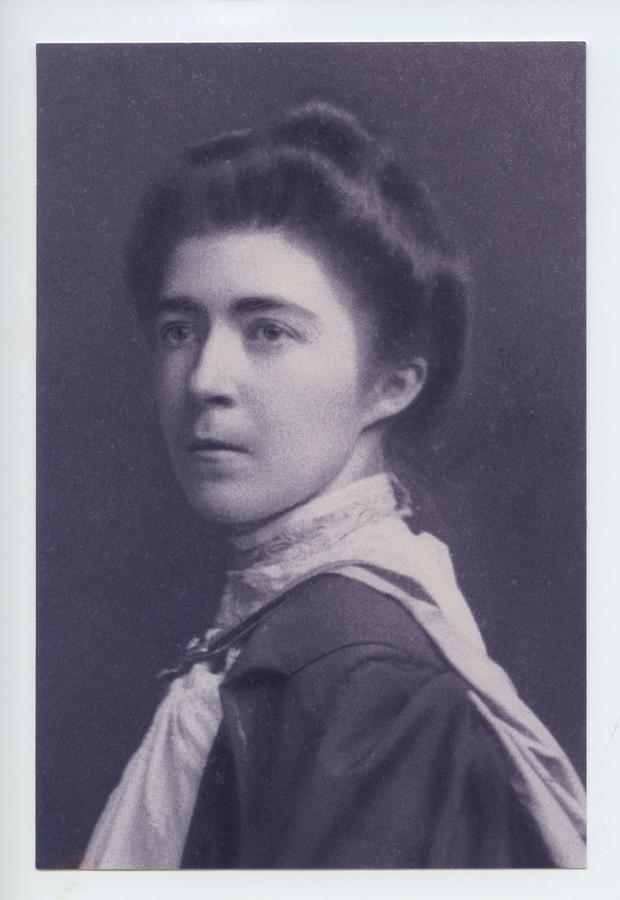
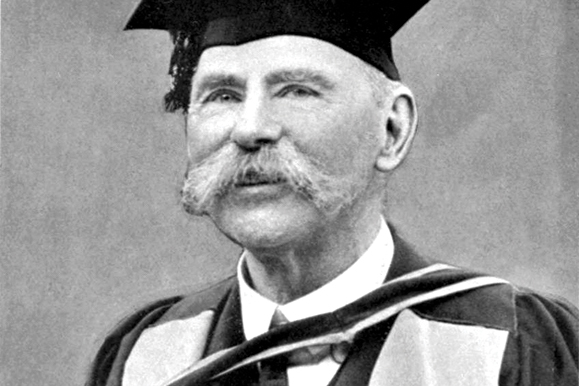
The issues of land reform and independence continued to dominate political and economic discussions happening in Ireland during the early 1900’s. Many Irish political leaders felt that a proposed Home Rule for Ireland, that established dominion status and a limited local authority, would be a gradual step in the quest for Irish independence from England. Others, such as Douglas Hyde, felt that Home Rule wasn’t the only strategy that could achieve independence.
James Larkin, “Big Jim,” was a Irish trade unionist and organizer who founded the Irish Transport and General Workers Union (ITGWU) and its founding was considered to be the birth of the Irish Labor Movement. At that time less than ten percent of Irish workers were unionized. His famous words, “a fair day’s work for a fair day’s pay,” became the slogan for many union members and organizers.
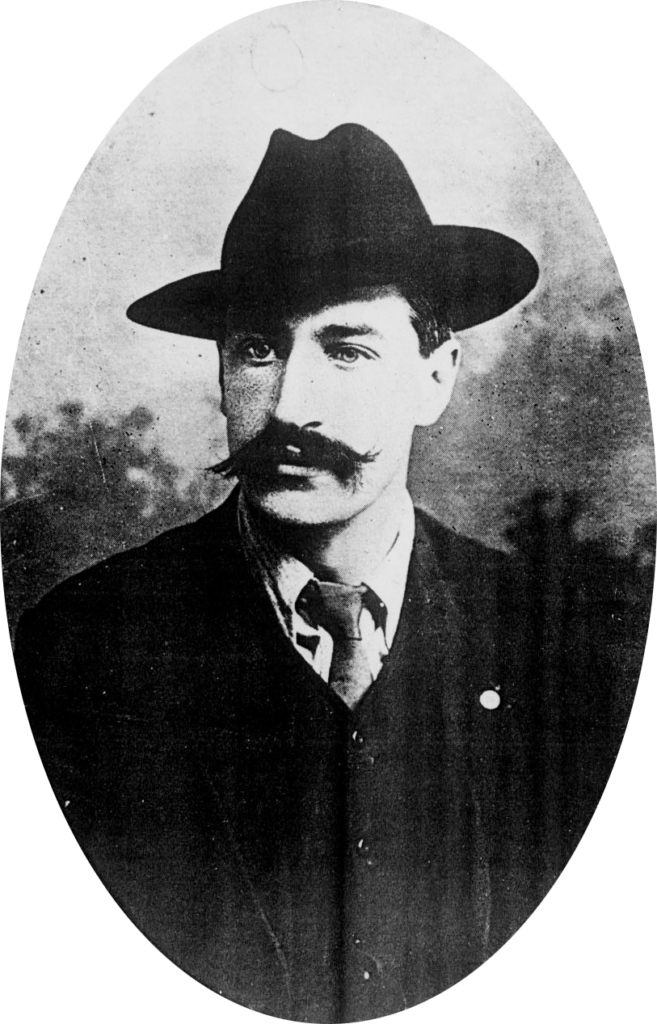
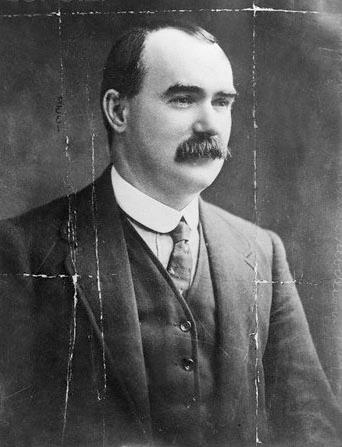
James Larkin, “Big Jim,” was a Irish trade unionist and organizer who founded the Irish Transport and General Workers Union (ITGWU) and its founding was considered to be the birth of the Irish Labor Movement. At that time less than ten percent of Irish workers were unionized. His famous words, “a fair day’s work for a fair day’s pay,” became the slogan for many union members and organizers.
Margaret Pearse’s visit to Butte was directly tied to her son Padraig Pearse, who was executed by the British army for his role in the 1916 Dublin Easter Rising. Padraig is considered to be the central figure of the Easter Rising and was founder of St.Enda’s Secondary Boys School, located outside of Dublin. In Ireland and Irish America, widows and mothers of executed Irish citizens became powerful symbolic leaders. Margaret Pearse was no exception and she felt that the best way to honor her son’s memory was to carry on his work for Ireland.
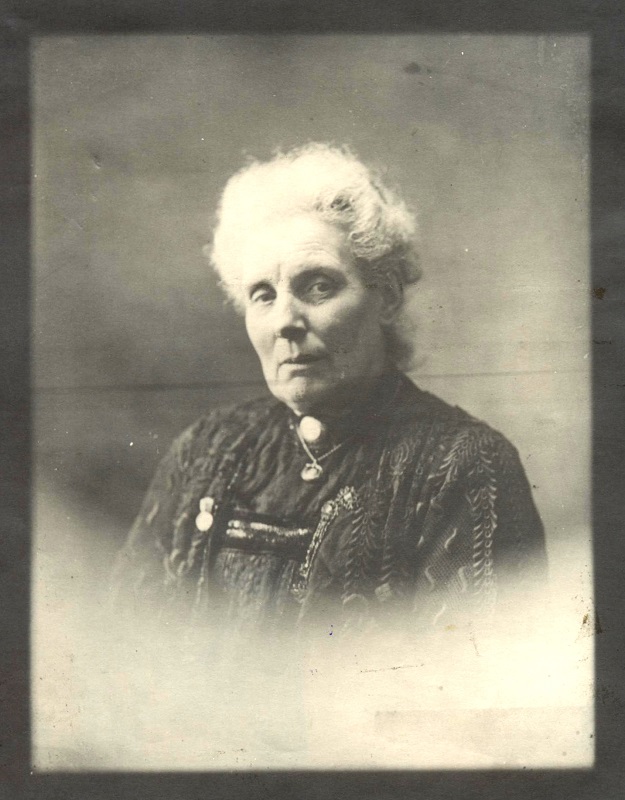
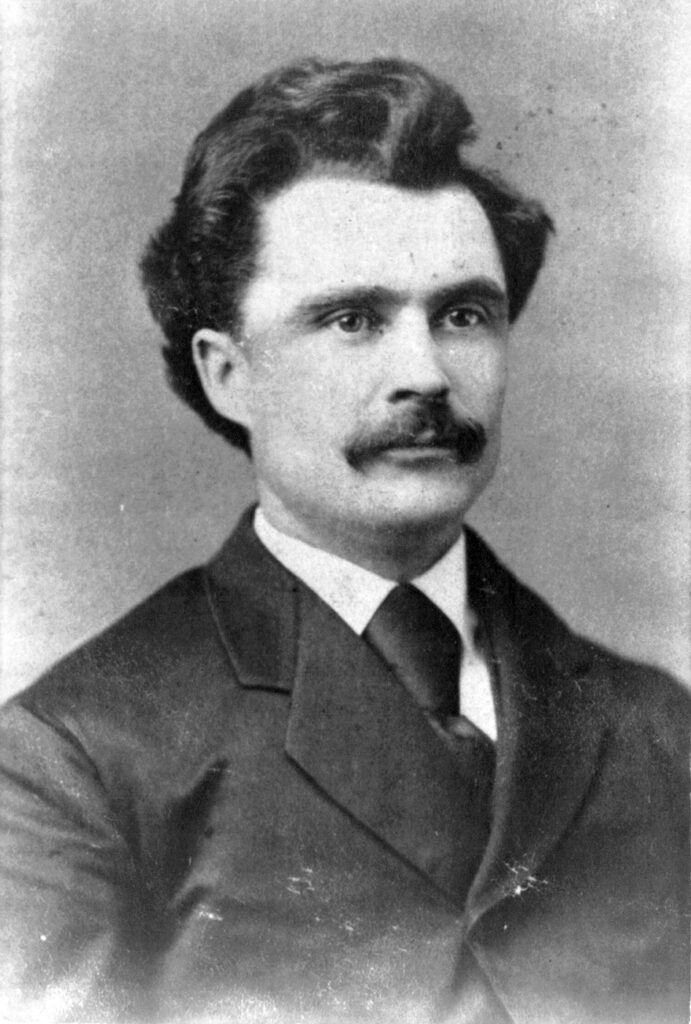
Episode 9 – John Boyle O’Reilly
John Boyle O’Reilly is one of Ireland’s most remarkable historical figures and was a journalist, writer, poet, and humanitarian. Born in County Meath, O’Reilly worked in England before joining the British army where he served in a decorated light cavalry unit. There were 26,000 British troops stationed in Ireland at that time and sixty per cent of the British army were Irish. While in the British army he lived a double life as a soldier and also as a recruiter for the revolutionary Irish Fenian Brotherhood, an organization committed to Irish independence.
Linda Kearns grew up in County Sligo Ireland and was trained as a Nurse and intended to serve in France during World War One. She was not particularly interested in taking an active role in the Irish Independence movement until she met Thomas MacDonagh, one of the seven leaders of the 1916 Dublin Easter Rising, who was executed for his role in the Rising. That association changed her life forever as she put her nursing skills to use by establishing a Red Cross Hospital in Dublin that attended to civilians and military on both sides of the conflict.
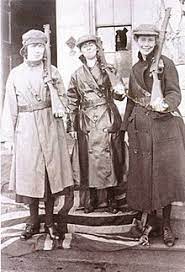

Episode 11 – The Robert Emmet Literary Association
Robert Emmet, an Irish Nationalist, was tried for high treason for his role in the Dublin Rising of 1803 and was brutally executed by the British Government. Robert Emmet, more than any other Irish historical figure, had an incredible influence on the national consciousness of Irish America during the late 1800s and early 1900s. During this time period Butte had many Irish-American fraternal groups committed to the cause of Irish independence.
Episode 12 – The Robert Emmet Literary Association Part 2
As a secret society, the male only RELA was composed of members predominantly in their twenties or thirties whom were either born in Ireland or were first generation Irish American. Prospective members were proposed for membership by a current member, vouched for by another member, vetted by three members of an investigating committee and accepted or rejected by vote from the members present at the meeting.
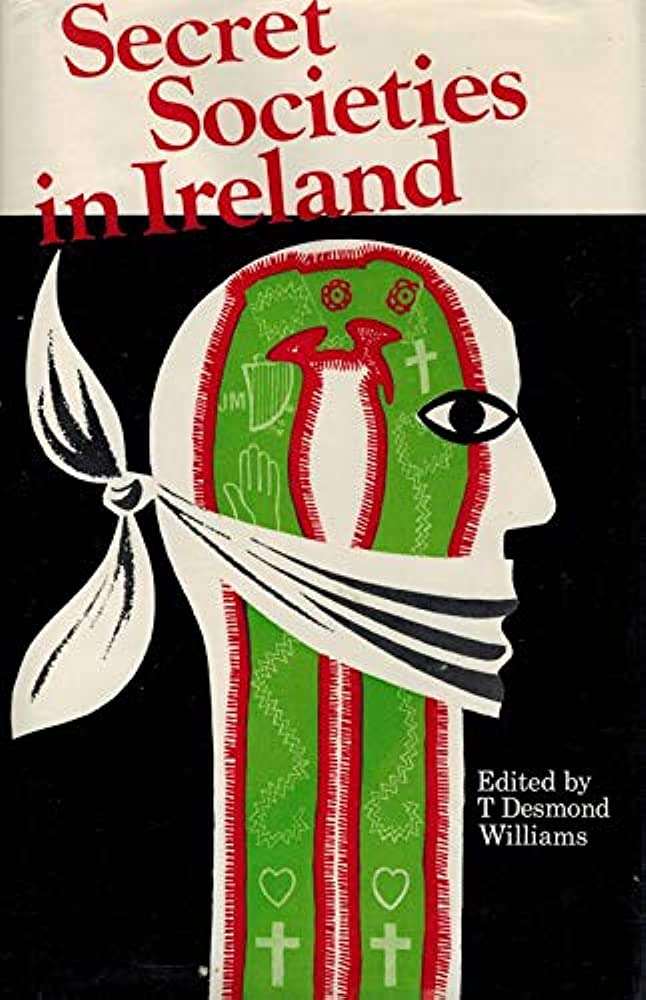
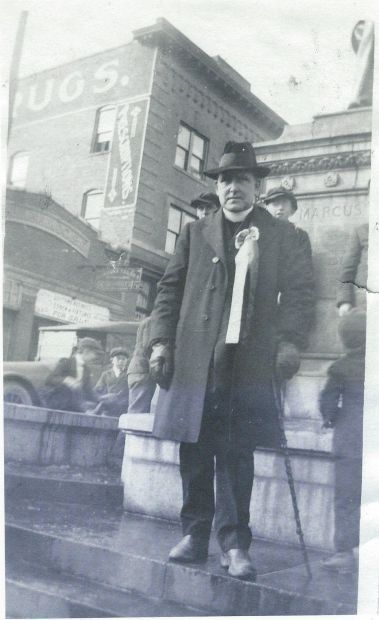
Episode 13 – The Robert Emmet Literary Association Part 3
There were many colorful members of the Robert Emmet Literary Association who were outspoken in their defense of Irish independence. Part three of my look into the Butte RELA will focus on three members of the RELA: Father Michael Hannan, Hugh O’Daly and visiting member Patrick Finnegan.
Episode 14 – Father Patrick Brosnan
Discussion of Father Parick Brosnan’s “Letters to Ireland”, written while he was parish priest at Butte’s St. Mary’s Church. These letters held at the Butte Silver Bow Public Archives cover many topics: Butte environmental, social and political issues, as well as Irish immigration. His detailed accounts offer an excellent picture of the Butte community one hundred years ago as well as the joys and hardships faced by Father Brosnan while in America.
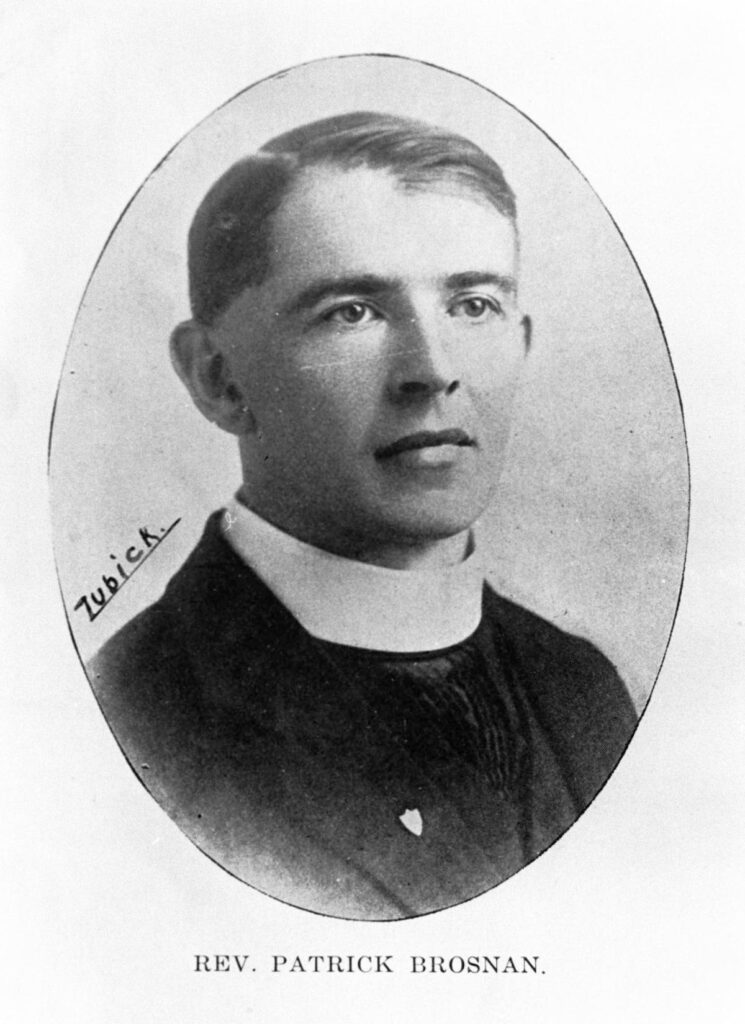
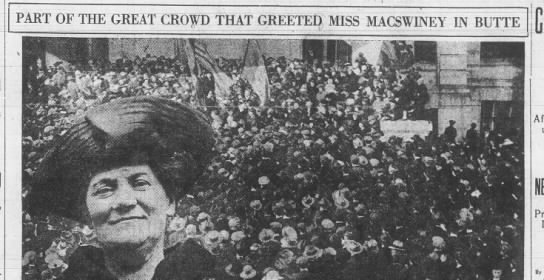
Mary MacSwiney was a member of the Irish Gaelic League, Munster Women’s Franchise League, Sinn Fein party leader and founding member of the Cork branch of the Cumann na mBan, a radical Irish women’s organization dedicated to Irish independence. It was the first Irish organization to overwhelmingly declare opposition to the Irish Free State Treaty, which was passed in 1921.
The execution of Kathleen’s brother, Kevin Barry, by the British government during the Irish War of Independence (1919 to 1921) increased Kathleen’s commitment to the cause of Irish independence. Her brother was sentenced to death for his part in the attack on a British army lorry that killed three British soldiers. Kevin Barry was the youngest person ever to be hanged by the British army and his execution was widely condemned throughout the world, especially in Irish American communities such as Butte.
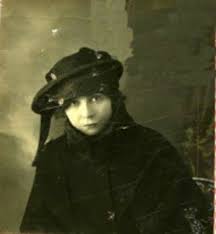
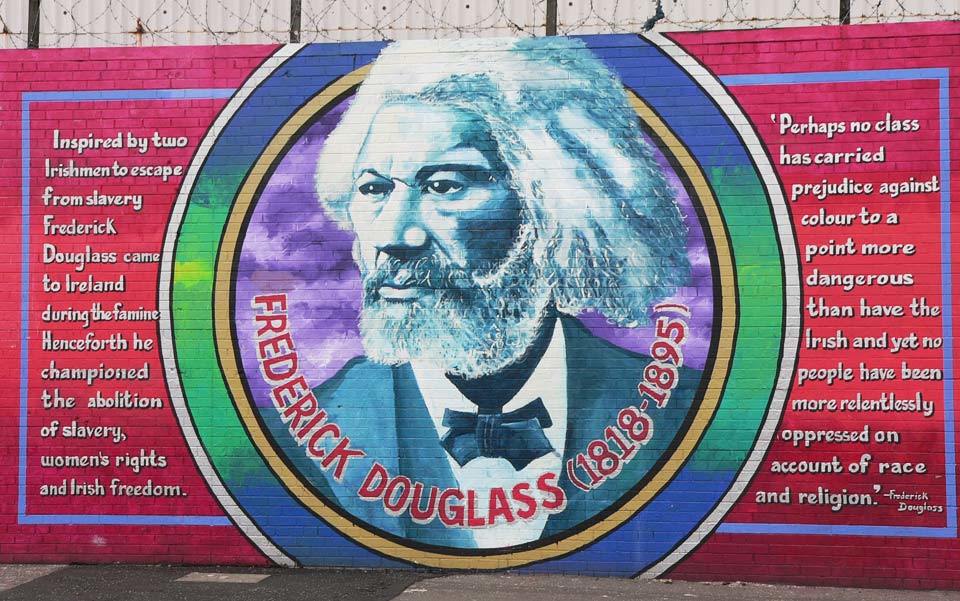
Episode 17 – Frederick Douglass
Frederick Douglass was born enslaved on the eastern shore of Maryland in 1818. After escaping from slavery he began to speak at northern abolitionist meetings about his experiences in slavery. He gained a reputation as a committed abolitionist, social activist and skilled orator. In 1845 he published the book, Narrative of the Life of Frederick Douglass, which detailed names of slave owners and places of his enslavement. He is considered to be one of the most prominent abolitionists of his time.
Episode 18- Kathleen O’Brennan
Kathleen O’ Brennan was born into a Dublin family who embraced their Irish heritage and were in favor of Irish independence. Her parents instilled in Kathleen the ideals of, and belief in, universal suffrage, gender equality, civil liberties and a sovereign Irish Republic. Events in Ireland, such as the Dublin Easter Rising of 1916, the Irish War of Independence (1919 to 1921), and the Irish Civil War (1922 to 1923) influenced her thinking about the necessity of obtaining Irish independence from England.
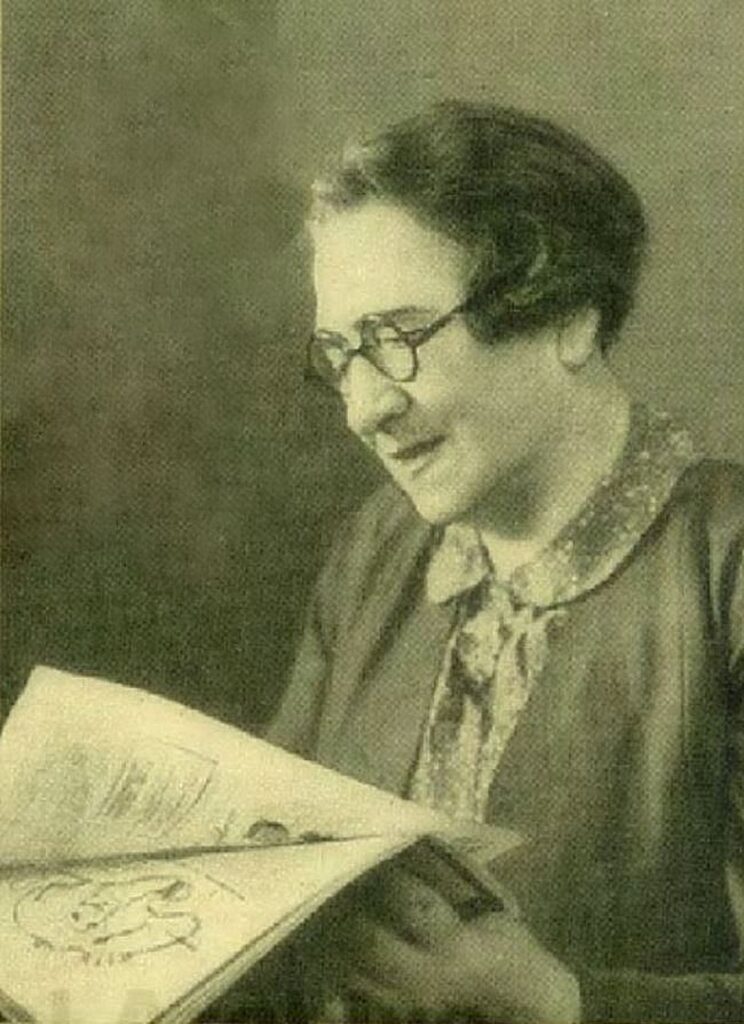
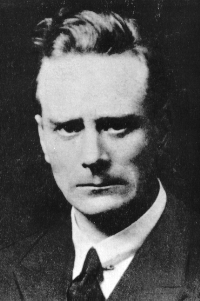
Liam Mellows, born in County Galway in 1892 became active in the Irish independence movement as a young man. This interest led him to join the Irish Volunteers, an organization committed to obtaining Irish independence by overthrowing British rule in Ireland. Mellows eventually became the General Secretary of the Irish Volunteers and this position put him in charge of 700 men in County Galway during the 1916 Easter Rising.
John J. O’Kelly was an Irish Nationalist and advocate for Irish independence who was born in County Kerry, Ireland in 1872. He believed that Ireland should become an independent Republic and not remain a colony of England. O’Kelly had an impressive career in politics and was a member of the first Irish Parliament. He was a prolific writer and published twenty historical pamphlets, several books written in Irish and ten poems under the pen name “Sceilg.”
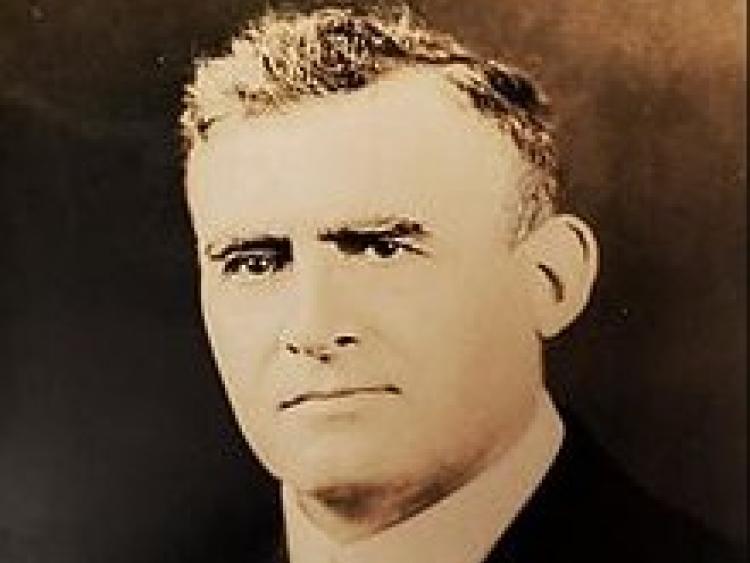
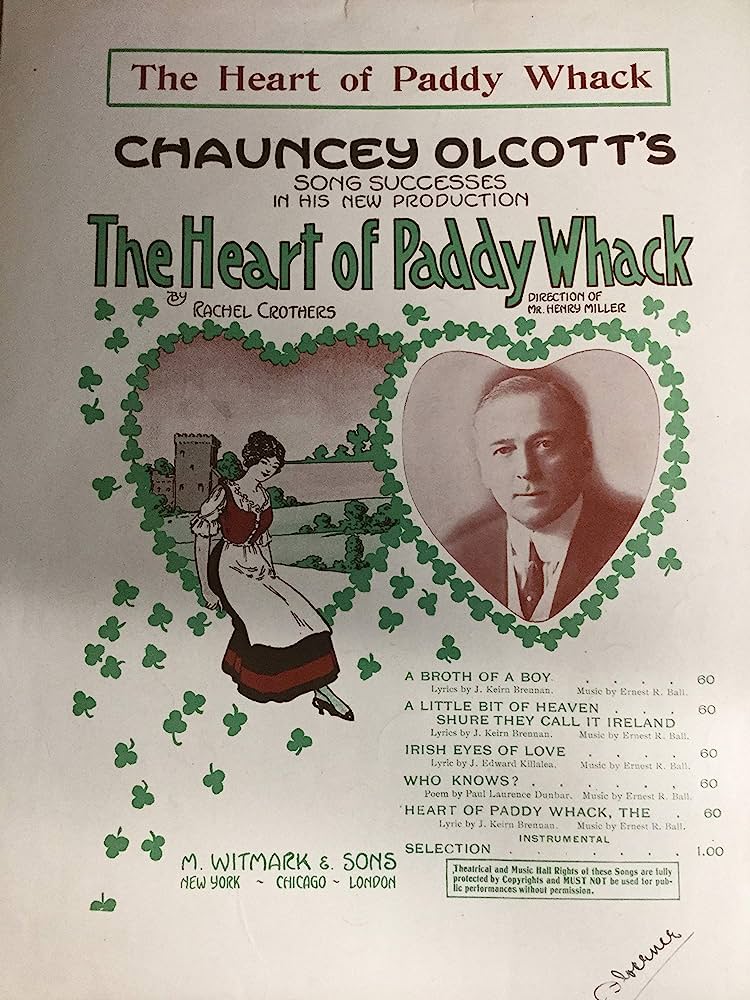
Episode 21- The Heart of Paddy Whack
One special highlight of the 1923 St Patrick’s Day celebration was the performance of a very famous musical comedy, entitled “The Heart of Paddy Whack.” The performance celebrated being Irish but also touched on social, cultural and political events in Ireland, thereby connecting the Butte Irish American community to Ireland in a way that only a theater performance can do.
The Easter Rising took place primarily in Dublin from April 24 to April 30, 1916. It was planned in secret mainly by seven men as an attempt to gain complete independence from England. Irish Volunteers confronted British forces and occupied key positions in Dublin at the GPO, Four Courts, Bolands, Jacobs Biscuit Factory, Stephens Mill and South Dublin Union. On Easter Monday April 24, 1916, the Proclamation was read from the GPO declaring a new Irish Republic. Over the next few days British troops flooded Dublin forcing the Irish forces to surrender. Sadly, 450 deaths and 2,000 injuries were reported which included military forces and civilians. Following the Easter Rising, scores of Irish fighting forces were imprisoned and sixteen were immediately executed, including the seven signatories of the Proclamation for Irish Independence.
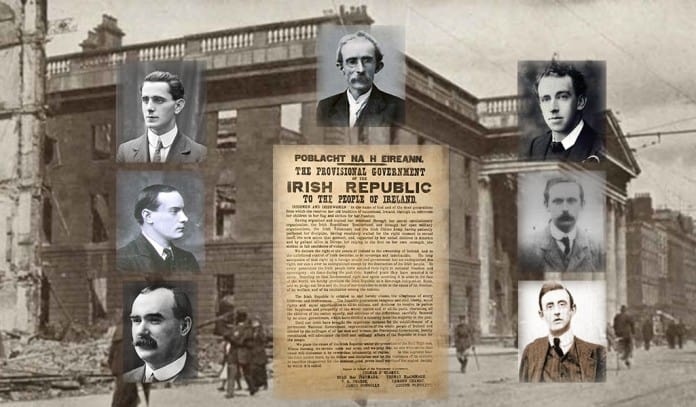
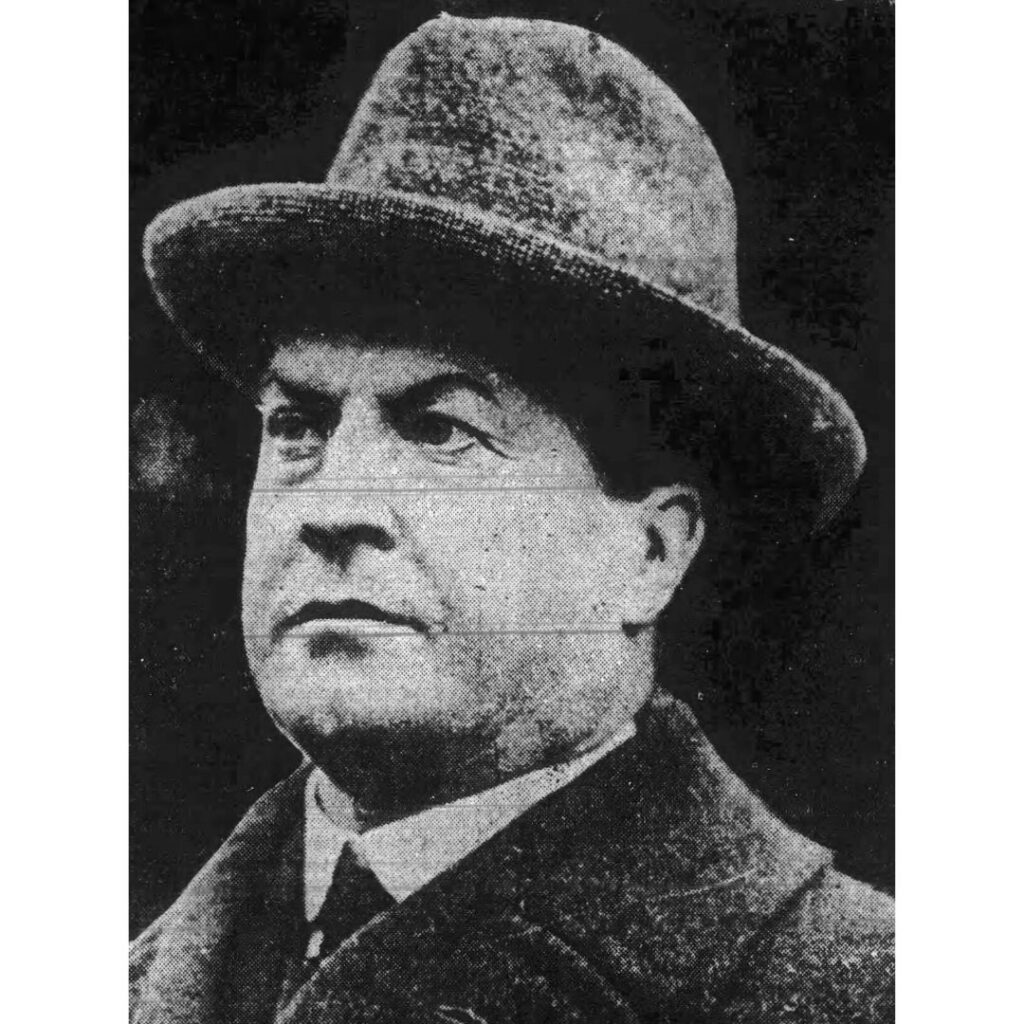
Lindsay Crawford
Lindsay Crawford was from Northern Ireland and worked as a journalist and editor for the Ulster Guardian. Early in his professional career he was a strong supporter of unionism and allegiance to the British Empire. However, as co-founder of the Independent Orange Order, he became committed to advocating reconciliation between Irish Catholics and Protestants, as a way to achieve Irish independence. He also supported tenants’ rights and land reform for everyone in Ireland.
Episode 24 – Friends of Irish Freedom
Friends of Irish Freedom
The Friends of Irish Freedom (FOIF) was established in the spring of 1916. The organization was committed to to supporting Irish revolutionaries and obtaining total independence from England.
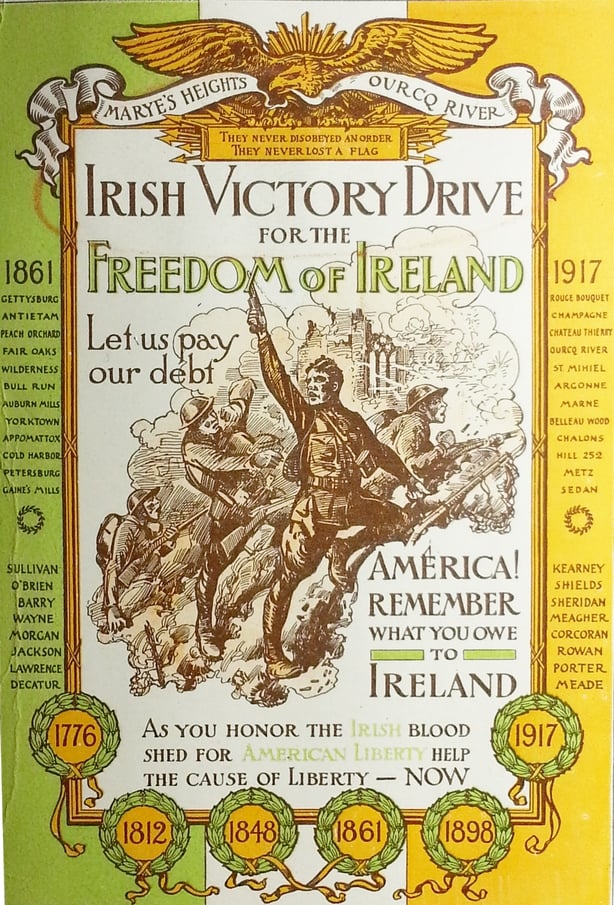

You must be logged in to post a comment.